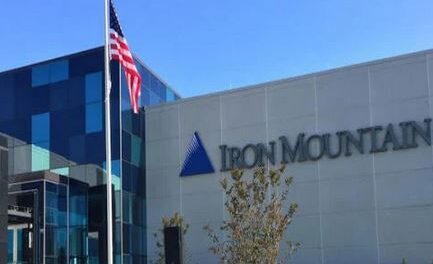Just before Christmas, exactly on the 21st of December 2023, I visited several retail stores to check on how IT equipment and tech devices were selling. I had three observations that essentially were predictors of another disastrous quarter for the PC industry. At this time of the fourth quarter, places that sell computers should be crazy busy. Not this time.
First, there was little foot traffic in the PC isles. There were people looking and inquiring here and there, but you could clearly see hesitation and I did not see one single person buying a system in a span of three hours. That was bad news number one.
Then upon checking the prices of the PCs that were displayed at BestBuy, I could not help but predict the disaster to come. All the decent PCs were priced at $1,000+, in some cases reaching the absolutely mind-boggling price tag of $3,000. The lowest price PCs were extremely underwhelming, and they clearly did not attract customers’ attention. The isles displaying the low-end systems from @Dell, @HP, @Asus, @Lenovo, @Microsoft and others were “ghost” isles. That was bad news number two.
Bad news number three was related to the media stories that suggested @Intel and its partners had an agreement with @BestBuy to start selling the AI PC the day after Intel held its event in New York on 13 December. Whether Intel made that pledge or not, some reputable media outlets reported that there was a deal with BestBuy, but it was nowhere to be found.
In my 21 December post I suggested that we should brace for another bad quarter, and that happened exactly as I predicted. On 10 January 2024, IDC analysts released their numbers showing yet another year-over-year contraction of global PC shipments by -2.7%. A bit less negative, Gartner estimates fourth quarter decline was just -0.3%. The Gartner figure was higher than that of IDC due to each company making different estimates for Apple. IDC shows Apple’s Mac shipments down -18.4%, Gartner sees a +7.2% increase. IDC did not report its US assessment, Gartner sees a sluggish +1.8% increase in the US market. Once again, the majority of these numbers consist of unit shipments into the channels and do not reflect actual sales, except for the vendors’ direct and online sales. Therefore, one can safely deduce that demand was negative no matter what shipment figures suggest.
So, what does that mean for the PC industry in general? First, as our esteemed colleagues at IDC noted, the contraction of PC activity has been with us for eight consecutive quarters. This means by the time PC vendors outfitted the whole world with PCs in a Covid-19 environment, what came next was and still is a saturated market, that resulted in a two-year slump. In the past, when vendors solely focused on PCs only as their core business, such situation would have led to consolidation. But today “PC vendors” are much more diversified tech companies, and so consolidation is not on the agenda.
The second lesson, perhaps more a question, is what’s next? Analysts in all tracking firms have been saying that the contractions may have bottomed out, expecting growth in 2024. I am still not convinced about this, at least not in the first half of 2024. Everything out there suggests that demand remains extremely dormant as we entered 2024. Seasonally, we should not expect much to take place in 1Q and 2Q, and we should hope 3Q will be stimulated by the back-to-school season.
Then, vendors are not likely to venture into marketing AI PCs in 1H due to no interest among consumers. They will wait until the back-to-school season kicks in to start pushing for the new technology. That also means that a refresh cycle based on an MS Windows 11 shift is not likely in 1H either. Why would anyone expecting AI to hit the markets mid-year, spend money on a Win 11 PC in 1H? That’s also a valid comment for commercial clients.
Setting aside the economic and politics factors that will have an impact of buying decisions, considering the technology factors, I will predict another slump in 1Q2024 and 2Q2024, a possible weak start of 2H204, and mostly likely a super strong post-election period (November and December) after voters decided who to pick for president.
In this context, what should PC vendors do? Well, they can begin to slash their prices to address the budgetary constraints facing average consumers and budget-sensitive commercial entities. Products above-$1,000 price points are not going to be cleared by miracle. When major retailers warned us before the holidays that consumer fatigue was an issue for them, we should have probably taken them seriously. So, as you move into 1H24, consider new pricing positions that can help you clear this nagging inventory.
Secondly, PC designs need some serious updating. PCs, in particular laptops, have followed the same design models for the past 30 years or so. From my perspective, the only interesting updates come from the display guys, the likes of LG who have synchronized their knowledge from their TV business and leveraging on the PC display side. Some all-in-one desktops look great too. But laptops, just like smartphones, have been stuck in the past and look rather boring. Evolving designs can only attract customer attention and stimulate demand.
For the ITAD folks, those of you with excellent relationships with OEMs, this could be an opportunity to help them with inventory clearing. Millions of PCs are sitting there idle, and in need of a final home. That is if you can manage OEMs to drop their unreasonable prices.






